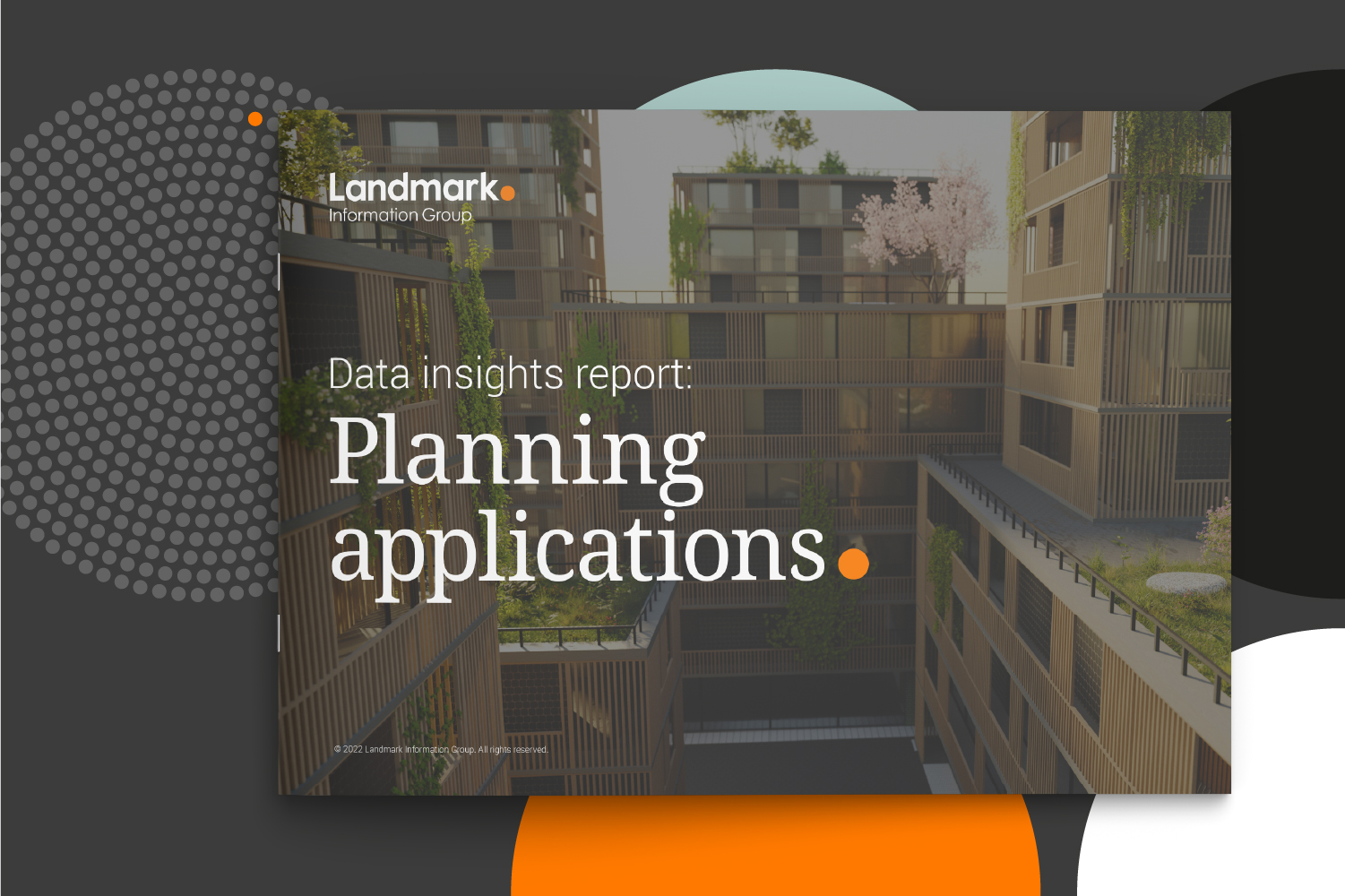Landmark Information Group – Data Insights Report: Planning Applications
The Landmark Information Group has written a small blog discussing the subject of Data Insights Report: Planning Applications.
The last few tumultuous years for the UK housing market have highlighted one stark truth: housing supply is not meeting demand. Indeed, housing is one of the core pillars of the government’s levelling up agenda, underscoring the need to radically rethink the way new housing is planned and developed. Central to meeting this need will be the planning process itself.
It is the view of many that the current UK planning process is flawed, often cumbersome and a source of frustration for stakeholders across the entire spectrum, from developers to communities. Digitisation will undoubtedly play its part in transforming this process; the wealth of technologies now available (such as interactive geospatial technology, virtual simulations, and, of course, data) to inform and shape planning offer real opportunities for change. With this in mind, the halfway point of 2022 felt like a good time to step back and take a look at the data on planning applications over the past ten years.
In our newly released Data Insights Report: Planning Applications, we revisited the wealth of environmental, land and property data that we gather, manage and supply to the property industry on a daily basis, and analysed relevant datasets to provide a summary of planning trends between 2012 and 2021. Overall, we saw that, year on year, the rate of planning applications in the UK is increasing. In fact, in every region – except for London – the number of planning applications submitted per 100,000 people was at its highest in 2021, since 2012.
As well as pinpointing the regions with the highest and lowest application volumes, the report draws on data that reveals:
- Planning application types
- Granted/refusal rates
- Approval rates for renewable energy projects
- Approval rates in flood zones
- Essential amenities per approved planning application
The report also features expert commentary from Landmark’s Chris Loaring, Managing Director (Legal), who shares his observations on planning trends beyond ‘the Covid effect’ and highlights the growing implications of the journey to net zero in future planning policy.
Piers Edgell, Landmark’s Client Director (Geodata), closes with a powerful argument for how planning data and the levelling up agenda are inextricably linked:
“… planning is about so much more than simply where developments will or will not be built. Every planning decision impacts the immediate environment, and so planning data could and should become a critical tool for informing and shaping social policies that aim to improve – or level up – communities. What, for example, could the kinds of planning data shown in this report tell us, when mapped against data on increasing property values or household incomes? What could the data we have summarised on amenities within the vicinity of planning applications tell us about location-specific standards of living and local needs?”
Download Planning Applications Insights Report
Kindly shared by Landmark Information Group
Main article photo courtesy of Pixabay

















